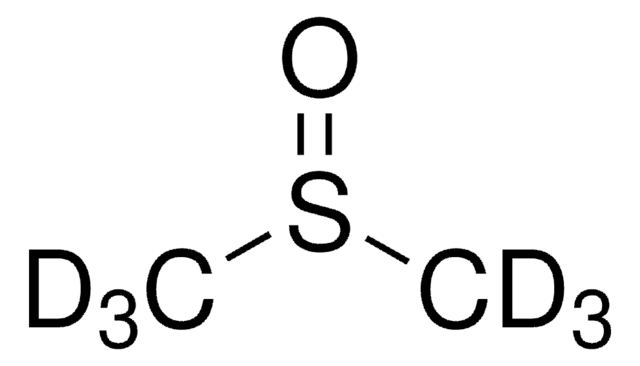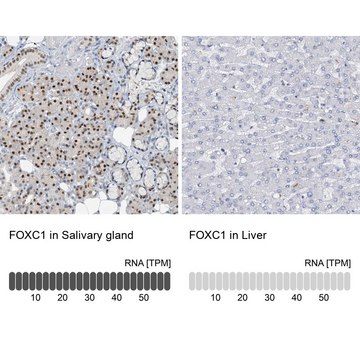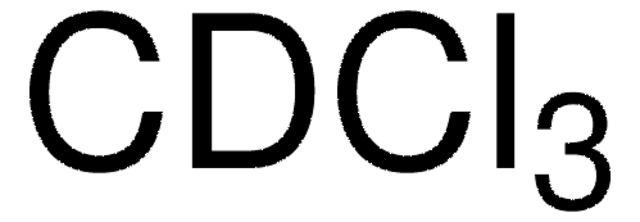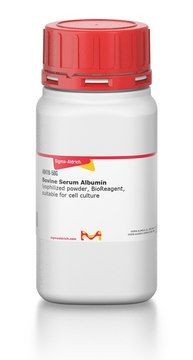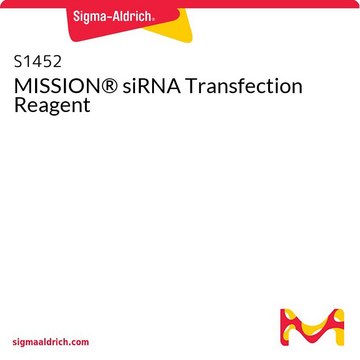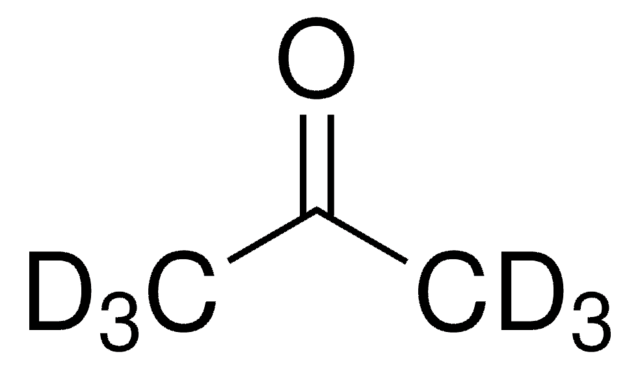ABD71
Anti-FOXC1 Antibody
from rabbit, purified by affinity chromatography
Synonym(s):
Forkhead box protein C1, Forkhead-related protein FKHL7, Forkhead-related transcription factor 3, FREAC-3
About This Item
Recommended Products
biological source
rabbit
Quality Level
antibody form
affinity isolated antibody
antibody product type
primary antibodies
clone
polyclonal
purified by
affinity chromatography
species reactivity
human
species reactivity (predicted by homology)
mouse (based on 100% sequence homology)
technique(s)
immunocytochemistry: suitable
western blot: suitable
NCBI accession no.
UniProt accession no.
shipped in
wet ice
target post-translational modification
unmodified
Gene Information
human ... FOXC1(2296)
General description
Specificity
Immunogen
Application
Epigenetics & Nuclear Function
Cell Cycle, DNA Replication & Repair
Immunocytochemistry Analysis: A 1:500 dilution from a representative lot detected FOXC1 in HeLa cells. This antibody positively stains the nucleus, with some cytoplasm staining. This staining pattern has also been observed by an independent laboratory (Berry, F. B., et al. (2002). J Biol Chem. 277(12):10292-10297.).
Quality
Western Blot Analysis: 0.025 µg/mL of this antibody detected FOXC1 in 10 µg of THP1 cell lysate. No Tween® reagent was used in the wash buffers and in the primary and secondary antibody dilution buffers.
Target description
Physical form
Storage and Stability
Analysis Note
THP cell lysate
Other Notes
Legal Information
Disclaimer
Not finding the right product?
Try our Product Selector Tool.
Storage Class Code
12 - Non Combustible Liquids
WGK
WGK 1
Flash Point(F)
Not applicable
Flash Point(C)
Not applicable
Certificates of Analysis (COA)
Search for Certificates of Analysis (COA) by entering the products Lot/Batch Number. Lot and Batch Numbers can be found on a product’s label following the words ‘Lot’ or ‘Batch’.
Already Own This Product?
Find documentation for the products that you have recently purchased in the Document Library.
Our team of scientists has experience in all areas of research including Life Science, Material Science, Chemical Synthesis, Chromatography, Analytical and many others.
Contact Technical Service